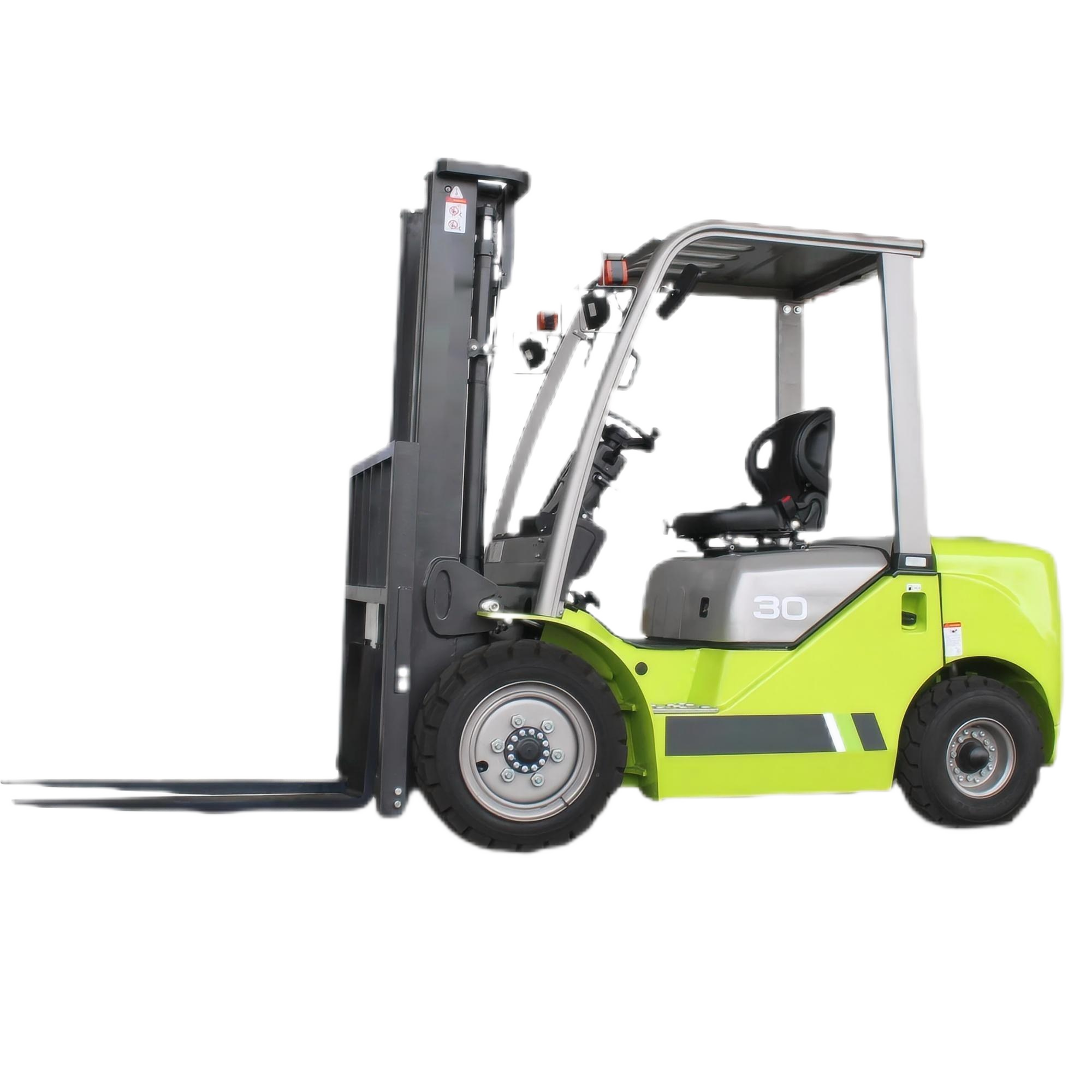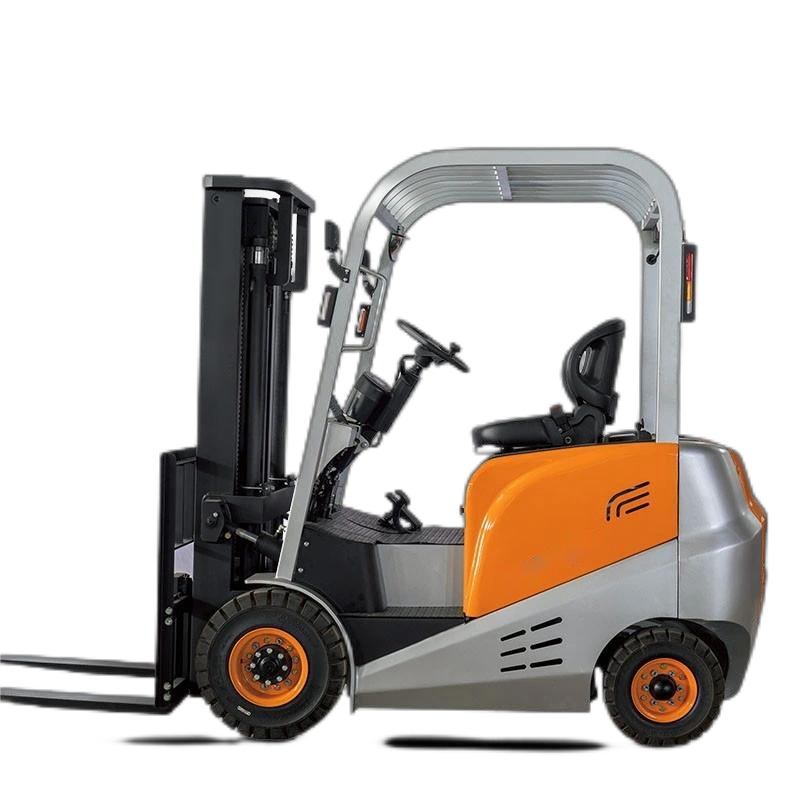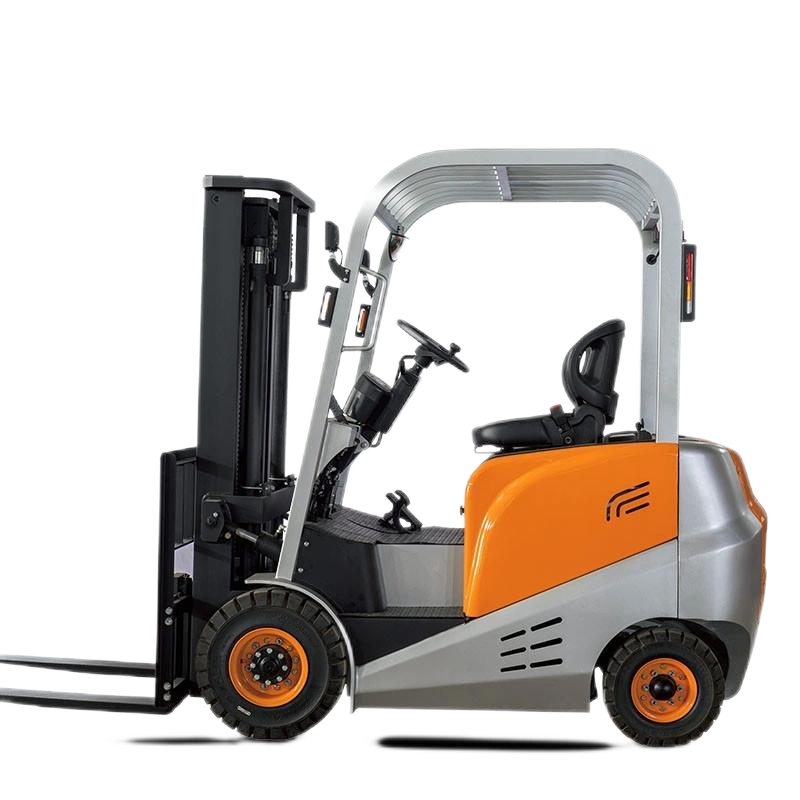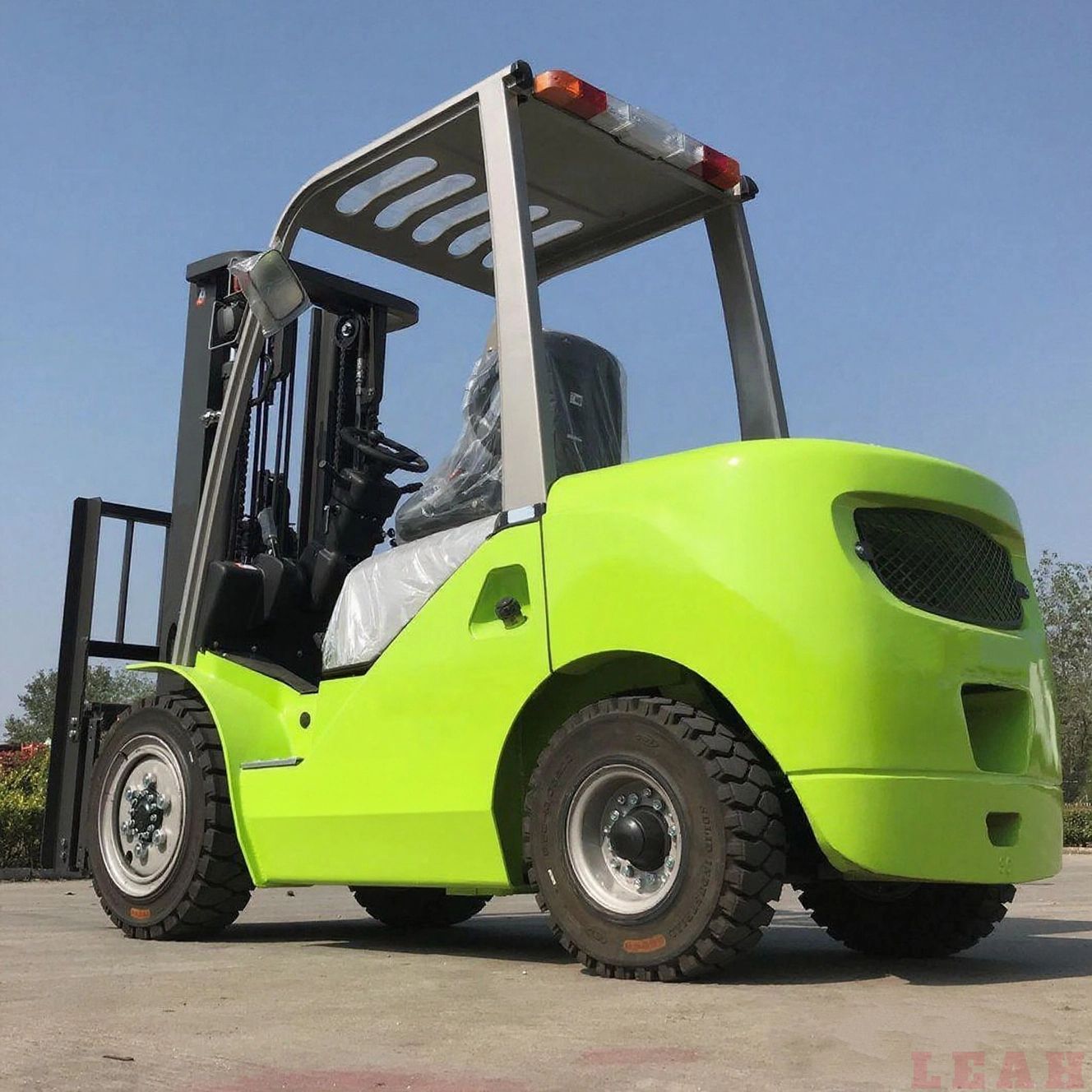A backhoe loader (also known as a "two-way machine") is a multi-functional construction machinery that integrates excavation and loading functions. Although it has significant advantages in flexibility and applicability to multiple scenarios, it also has some inherent disadvantages, mainly reflected in the following aspects:
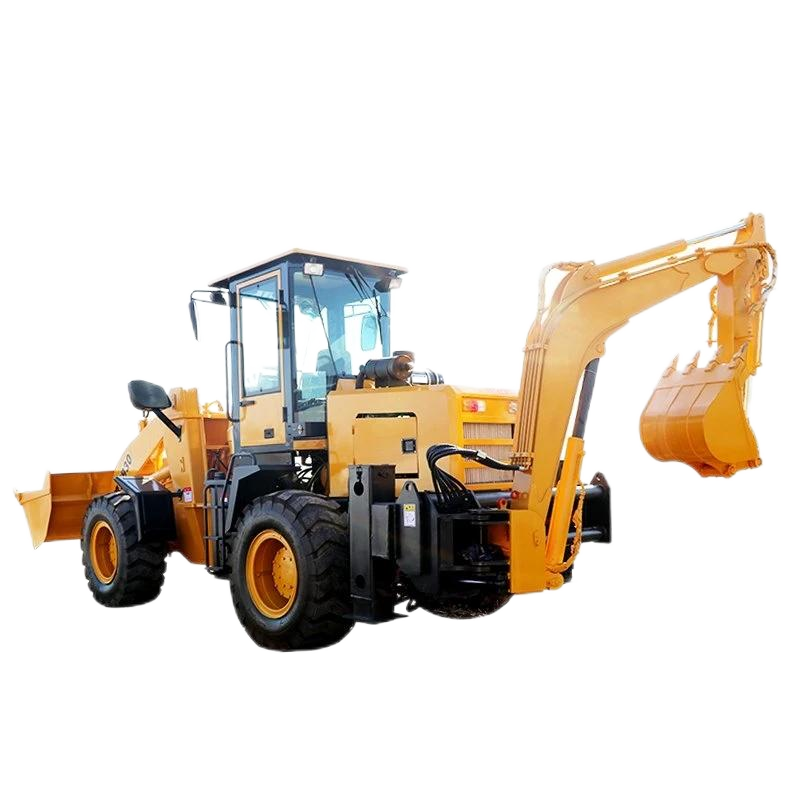
- Lower efficiency in single operation compared to specialized equipment
- Limitations in excavation function: Compared with professional excavators, backhoe loaders have smaller boom length, digging depth, and operating radius. Moreover, the power distribution of their hydraulic systems tends to be "balanced" rather than "specialized". In scenarios such as large-scale earth excavation and deep foundation pit operations, their efficiency is significantly lower than that of specialized excavators of the same tonnage.
- Insufficiency in loading function: Compared with professional loaders, their bucket capacity is usually smaller (mostly 1-3 cubic meters), and the stability and power output during loading operations are not as good as those of pure loaders. In large-scale material transfer (such as mines and ports), the operation speed is slower.
- Limited stability and operating range
- Restrictions due to structural design: Backhoe loaders adopt a "one machine with two uses" structure, with a high center of gravity and difficult control of front and rear counterweight balance. When excavating or loading with excessive operation range (such as large-angle rotation and deep digging), there is a risk of rollover, especially when working on soft ground or slopes, the stability is even worse.
- Limited operating radius: During excavation operations, the movement range of the boom and bucket is limited by the length of the machine body, and it cannot flexibly adjust the operating position through crawler movement like a specialized excavator, resulting in weak adaptability to large-scale and multi-angle excavation needs.
- High maintenance cost and complexity
- High maintenance pressure on dual systems: It integrates two sets of hydraulic and mechanical systems for excavation and loading, with far more components than a single equipment, leading to more failure points (such as pipeline crossing and valve group linkage problems). The frequency and cost of daily maintenance (such as lubrication and filter replacement) are higher.
- High professional requirements for maintenance: The linkage debugging of the two systems (such as the coordinated movement of the bucket and the boom) requires more professional technicians, and the maintenance cycle is longer. Especially in remote construction sites, there may be problems of shortage of spare parts and delayed maintenance.
- High fuel consumption and operating cost
- Low power distribution efficiency: To meet the needs of dual functions, the engine power must cover both excavation (high-load, intermittent operation) and loading (continuous operation) scenarios, resulting in poor fuel economy under non-full-load conditions, and the fuel consumption per unit of operation is higher than that of specialized equipment.
- Fast depreciation rate: Due to the complex structure and high usage intensity (especially when switching functions frequently), the equipment wears out faster, and the residual value rate after long-term use is lower than that of single-function equipment at the same price.
- Higher operation difficulty and lower comfort
- High operation complexity: It requires mastering two operation logics of excavation and loading at the same time, which has higher skill requirements for drivers. Newbies need a longer adaptation period, and improper operation may easily lead to equipment damage or safety risks.
- Restrictions on cab design: To balance the front and rear visibility, the cab space is usually relatively compact, and the comfort during long-term operations is not as good as that of specialized loaders or excavators (such as seat adjustment, shock absorption effect, air conditioning system, etc.).
Summary
The disadvantages of backhoe loaders essentially stem from the contradiction between "multi-functional balance" and "specialization in single performance". They are more suitable for small and medium-sized construction sites and the needs of rapid switching between multiple scenarios (such as municipal maintenance and small-scale infrastructure). However, in large-scale projects and single high-intensity operation scenarios, their efficiency, cost, and stability are not as good as those of specialized equipment. Therefore, a trade-off should be made according to specific working conditions when choosing.
The disadvantages of backhoe loaders essentially stem from the contradiction between "multi-functional balance" and "specialization in single performance". They are more suitable for small and medium-sized construction sites and the needs of rapid switching between multiple scenarios (such as municipal maintenance and small-scale infrastructure). However, in large-scale projects and single high-intensity operation scenarios, their efficiency, cost, and stability are not as good as those of specialized equipment. Therefore, a trade-off should be made according to specific working conditions when choosing.





